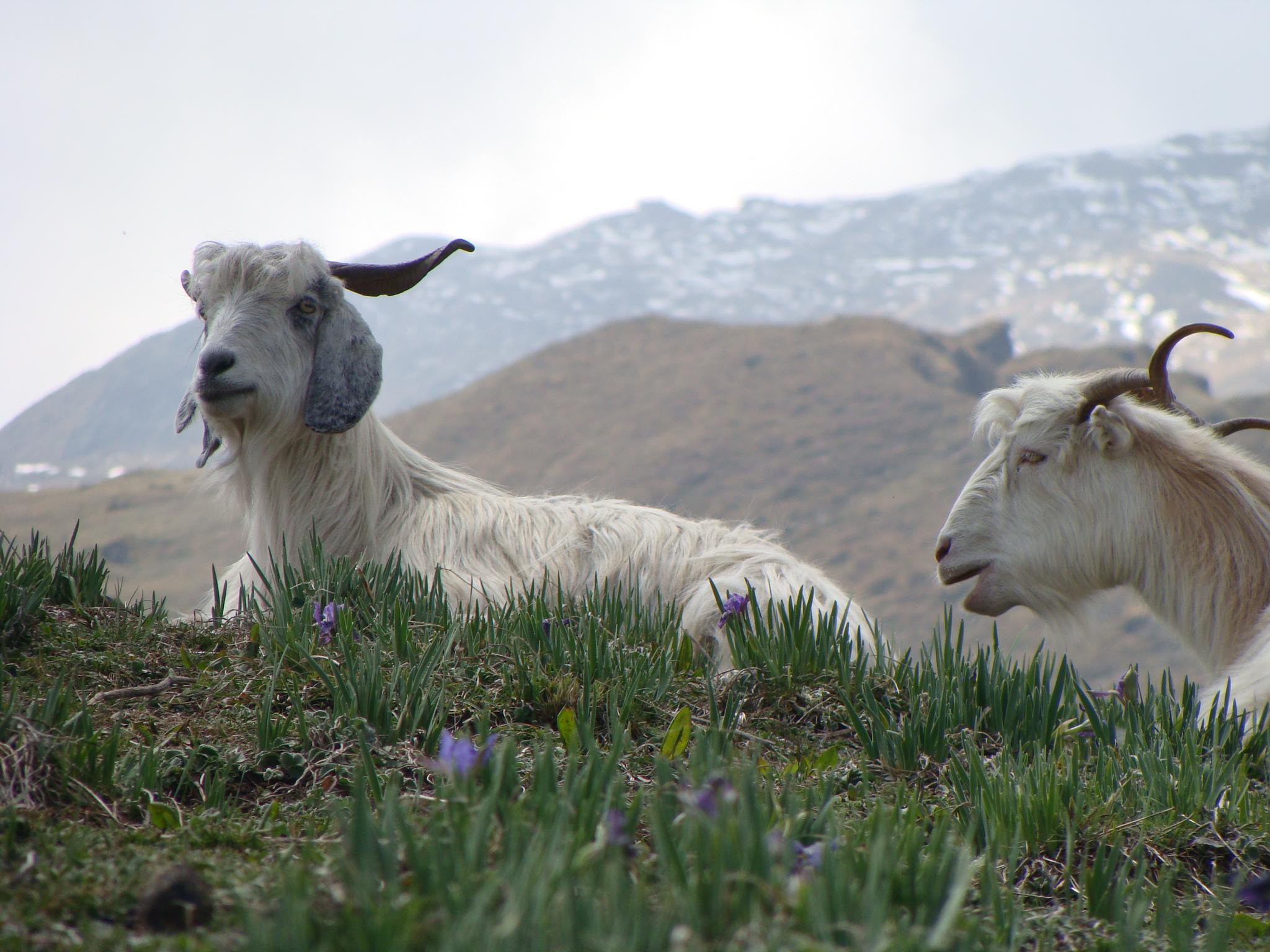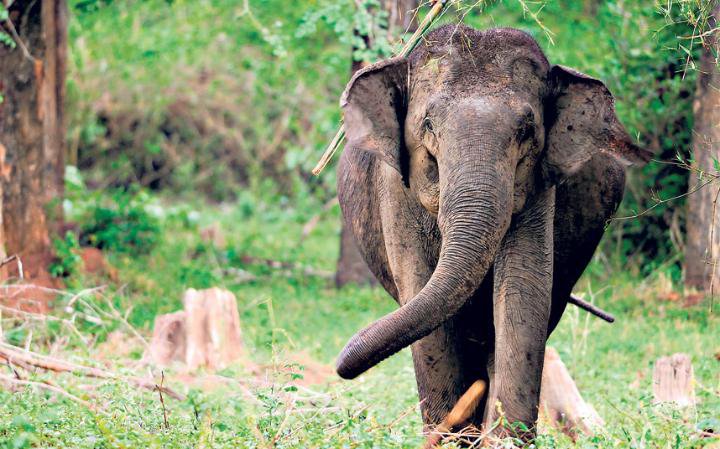
India
has 35 World Heritage Sites approved by UNESCO which boast of great
cultural and natural importance for the country. We are known for having
an astonishing variety of flora and fauna that reside here. For the
same reason, it is considered heaven for nature enthusiasts and wildlife
lovers. So, here are 8 of scenic places from UNESCO's World Heritage
Sites situated in India which are known for their natural beauty. Check
them out below:
1. Kaziranga National Park, Assam
It was declared a world heritage site by UNESCO in 1985 for its unique natural environment.
Situated
in the Golaghat and Nagaon district of Assam, Kazinranga National Park
is home to two third of the world's population of Indian one-horned
rhinoceros along with tigers, elephants, wild water buffaloes, swamp
deer and various species of migrating and inhabitant birds. With four
different kinds of vegetation, a breathtaking array of flora, diverse
fauna and beautiful geographical vicinity, it was included in the list
of world heritage sites in the year 1985.



2. Keoladeo National Park, Rajasthan
It was declared a world heritage site by UNESCO in 1985 for being a habitat of rare and endangered species.
Formerly
known as the Bharatpur Bird Sanctuary, Keoladeo National Park is a
domicile for thousands of resident birds and visiting migratory birds
such as the rare Siberian crane, the Indian grey hornbill and various
types of eagles. For the same reason, it is often regarded as the bird's
paradise.



3. Manas Wildlife Sanctuary, Assam
It was declared a world heritage site by UNESCO in 1985 for its rich biodiversity, spectacular scenery and natural landscape.
With
a splendid scenic sight, Manas Wildlife Sanctuary wraps a vast region
of flora and fauna including tiger, pygmy hog, Indian rhinoceros and
Indian elephant. Apart from that, it has a range of forested hills,
alluvial grasslands and tropical evergreen forests which makes it a
perfect place to experience the exquisiteness of nature. It is known for
its rare and endangered endemic wildlife such as the Assam roofed
turtle, hispid hare and golden langur among other animals.


4. Nanda Devi and Valley of Flowers National Parks, Uttarakhand
It
was declared a world heritage site by UNESCO in 1988 for its
spectacular topographical features and rich diversity of species.
Nanda
Devi and Valley of Flowers National Parks are hosts to high diversity
and density of flora and fauna with exceptionally beautiful landscape.
While the Nanda Devi National Park is home to a large number of
threatened mammals, notably snow leopard, Himalayan musk deer, bharal,
and blue sheep, the Valley of Flowers National Park is known for its
diverse alpine flora.



5. Sundarbans National Park, West Bengal
It
was declared a world heritage site by UNESCO in 1987 mainly because of
its immensely rich mangrove flora and mangrove-associated fauna.
Located
in West Bengal, Sunderbans National Park is known to have the world's
largest area of mangrove forests with a large number of rare and
endangered species living there, such as the Bengal tiger, salt-water
crocodile, and fishing cats. Apart from that, this prestigious national
park presents a massive range of natural beauty.



6. Western Ghats (2012)
It was declared a world heritage site by UNESCO in 2012 for its exceptionally high level of biodiversity.
The
Western Ghats have thousands of animals and plants with a number of
globally threatened species and many undiscovered species living there.
In addition to Kaas Plateau, Neyyar Wildlife Sanctuary and Periyar Tiger
Reserve, there are 22 other places which were added to the World
Heritage list in 2012 that are a part of Western Ghats.



7. Great Himalayan National Park Conservation Area, Himachal Pradesh
It was declared a world heritage site by UNESCO in 2014 for being an outstanding significance for biodiversity conservation.
The
Great Himalayan National Park is home to more than 375 fauna and
various flora species along with twenty-five types of forest in the
area. According to reports, almost 31 mammals, 181 birds, 3 reptiles, 9
amphibians, 11 annelids, 17 mollusks and 127 insects have been
identified which live around a range of high alpine peaks, alpine
meadows and riverine forests.

8. Khangchendzonga National Park, Sikkim
It was declared a world heritage site by UNESCO in 2016. It houses the world's third highest peak, Mount Khangchendzonga.
Khangchendzonga
National Park is the most recent addition made to the list of World
Heritage sites. It includes a unique diversity of plains, valleys,
lakes, and glaciers, including the world's third highest peak, Mount
Khangchendzonga which adds unparalleled value to the scenic beauty of
the park. The vegetation here consists of oaks, fir, birch, maple, and
willow with species like musk deer, snow leopards, and wild dogs living
here.



Nature at its best!







































